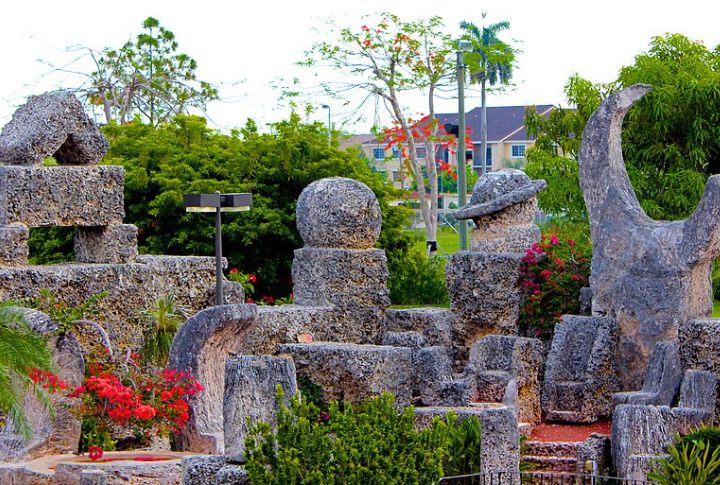
The United States is home to some of the world’s most iconic landmarks, like the Grand Canyon and the Statue of Liberty. However, beyond these well-known wonders lie places so bizarre and breathtaking that they appear otherworldly. The contrast between the expected and the extraordinary makes these places especially attractive. Let’s look at 20 of these incredible places.
Fly Geyser, Nevada
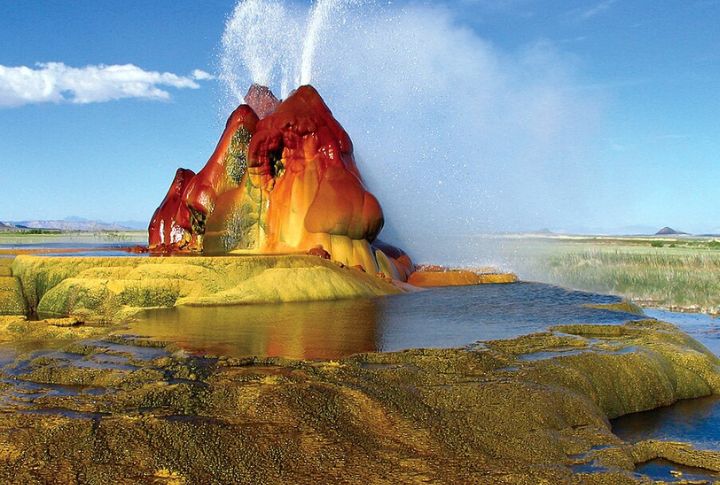
Located on private land in Nevada’s Black Rock Desert, the Fly Geyser is a psychedelic-looking geothermal feature that seems to belong on another planet. It was accidentally created in 1964 when a geothermal energy company drilled into a hot spring. The scalding water shot up, and minerals began to build up, forming colorful, alien-like mounds.
Apostle Islands Sea Caves, Wisconsin
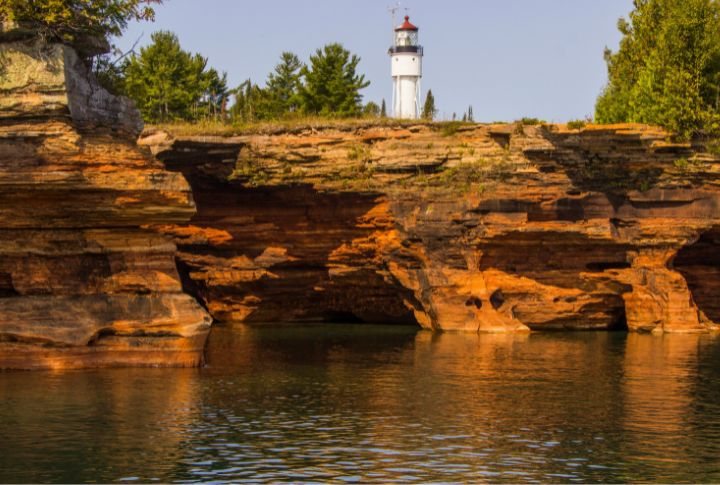
The Apostle Islands on Lake Superior offer incredible sea caves carved by centuries of wind and water. These caves, found on Devil’s Island and the mainland near Meyers Beach, are accessible by kayak in summer and on foot in winter. Inside, visitors enjoy intricate archways, vaulted chambers, and in winter, stunning icicle formations.
The Wave, Arizona
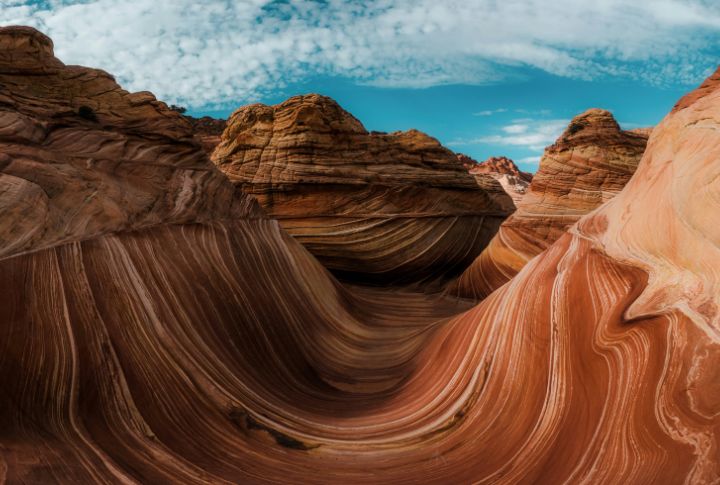
This is a mesmerizing sandstone rock formation located in the Coyote Buttes North area of Arizona. Formed over millions of years by wind and water erosion, its swirling red and orange stripes look like a frozen, psychedelic wave. To preserve the fragile environment, access is highly restricted through a daily permit lottery system.
Great Sand Dunes National Park, Colorado
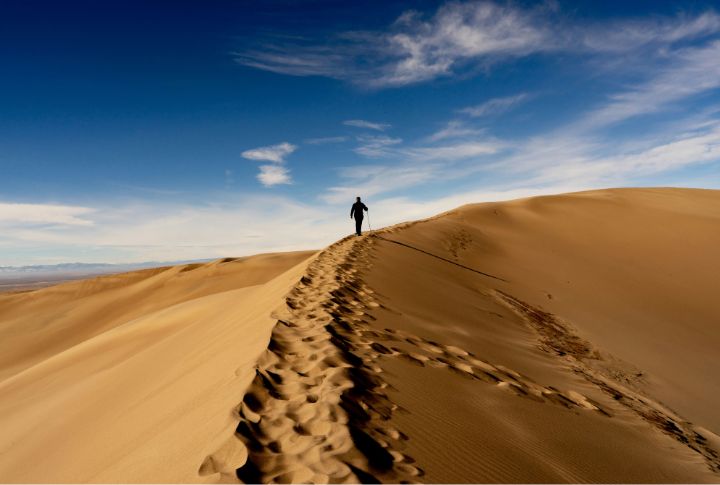
Some dunes at this park soar up to 750 feet high, creating a surreal desert landscape surrounded by alpine peaks. Visitors can hike, sandboard, or sled down the slopes, and in spring, a seasonal stream called Medano Creek creates a beach-like experience. The contrast between towering dunes and snow-capped mountains is almost otherworldly.
Hamilton Pool Preserve, Texas
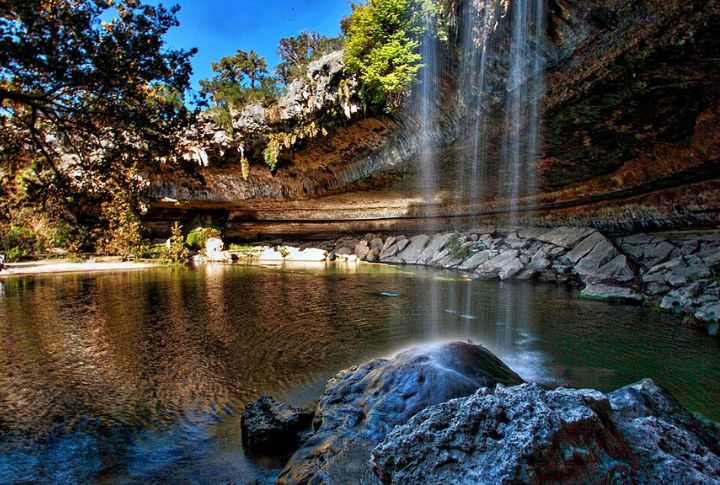
Just outside of Austin, Texas, Hamilton Pool Preserve is a hidden oasis formed thousands of years ago when an underground river collapsed. What remains is a natural grotto featuring a 50-foot waterfall plunging into a jade-green pool surrounded by limestone cliffs and lush vegetation. It’s a popular swimming and hiking spot, but access is limited.
Devils Tower, Wyoming
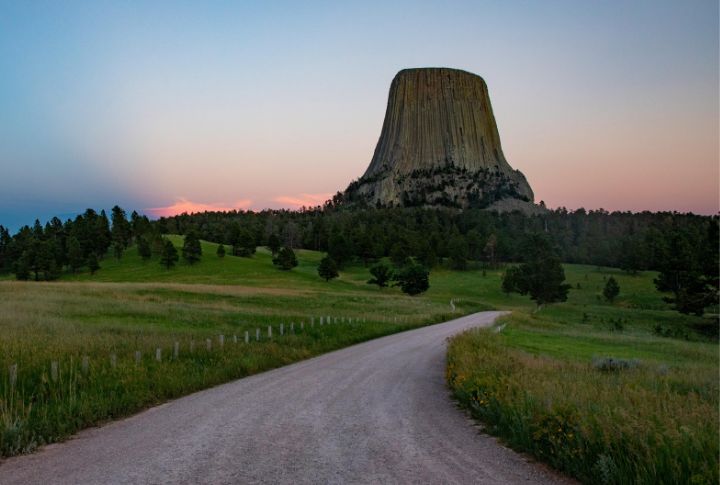
A massive igneous rock formation, Devil’s Tower rises 867 feet from the prairie in northeastern Wyoming. This formation holds cultural and spiritual significance for several Native American tribes. It became the first United States National Monument in 1906 and gained pop culture fame after appearing in Close Encounters of the Third Kind.
Bonneville Salt Flats, Utah
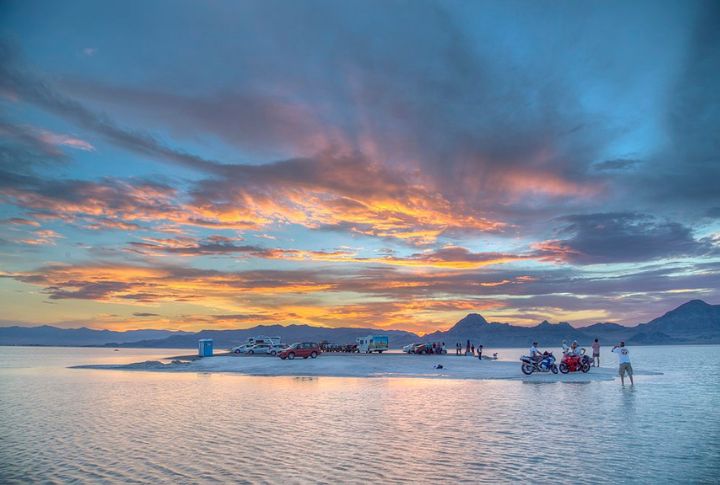
The Bonneville Salt Flats are a vast expanse of hardened salt crust covering more than 30,000 acres. These flats are blindingly white, stretching to the horizon like a frozen lake. They’re also home to the Bonneville Speedway, where land speed records have been set for decades. After rain, the surface becomes a mirror-like shallow lake.
Thor’s Well, Oregon
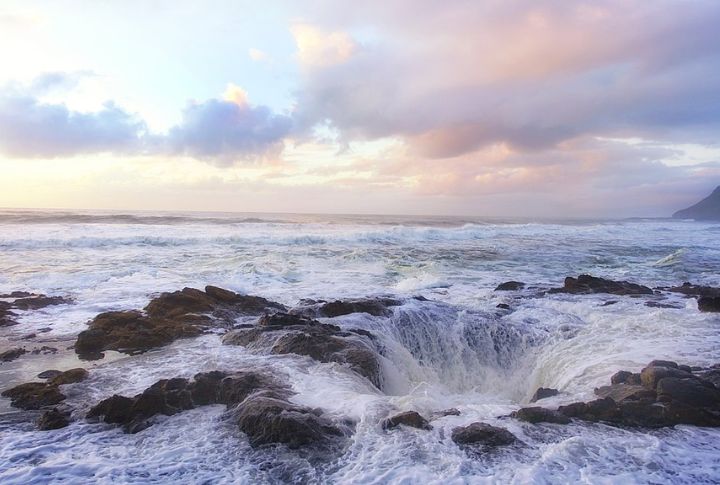
Thor’s Well, located near Cape Perpetua on the Oregon coast, is a natural sinkhole that appears to drain the Pacific Ocean. At high tide or during storms, waves surge into the hole and then shoot upward in a dramatic display. While stunningly beautiful, it poses great danger, so visitors should keep a safe distance.
Coral Castle, Florida
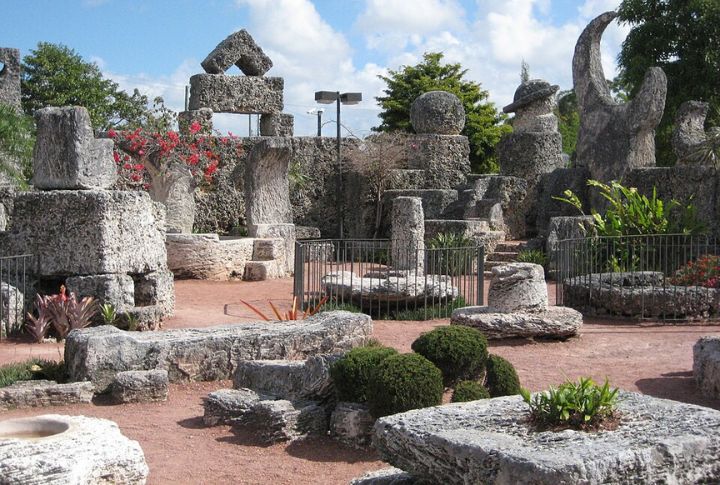
Florida’s Coral Castle is a mysterious structure made from over 1,100 tons of oolite limestone, carved and assembled by a single man. Edward Leedskalnin worked entirely alone from 1923 to 1951, using handmade tools and never allowing anyone to watch him work. To this day, no one knows exactly how he moved and sculpted the massive stones.
Marfa Lights, Texas
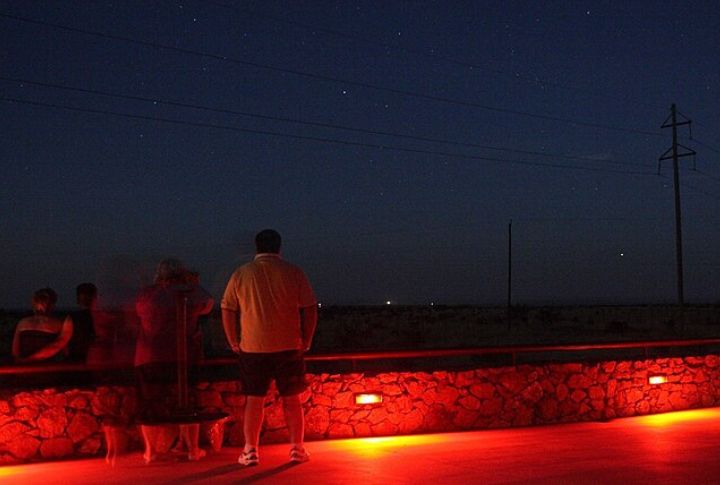
These mysterious glowing orbs near the small desert town of Marfa, Texas, have baffled observers for years. The lights appear unexpectedly on the horizon and can change color, split, merge, or dart around with no clear source. The phenomenon is visible in the remote stretches of West Texas and has drawn the attention of scientists and curious travelers.
Skagit Valley Tulip Fields, Washington
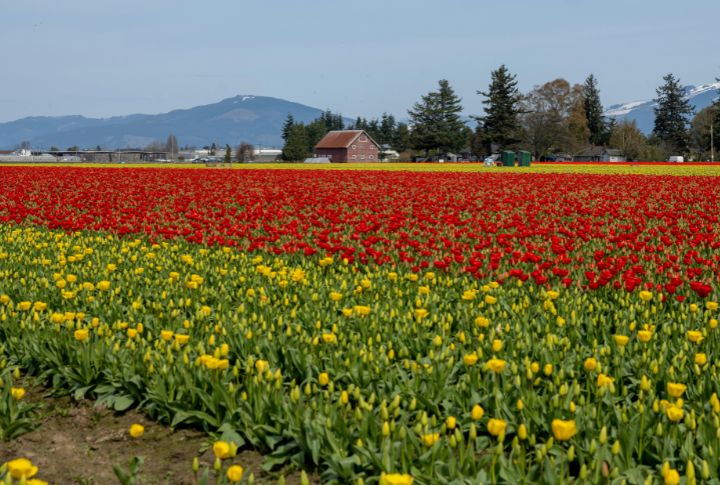
Each spring, Washington’s Skagit Valley bursts into a sea of color thanks to its expansive tulip farms that rival those in the Netherlands. Covering hundreds of acres, the blooming tulips create vibrant stripes of red, yellow, pink, and purple. The Skagit Valley Tulip Festival, held each April, attracts hundreds of thousands of eager visitors, all eager to take in the stunning display.
Antelope Canyon, Arizona
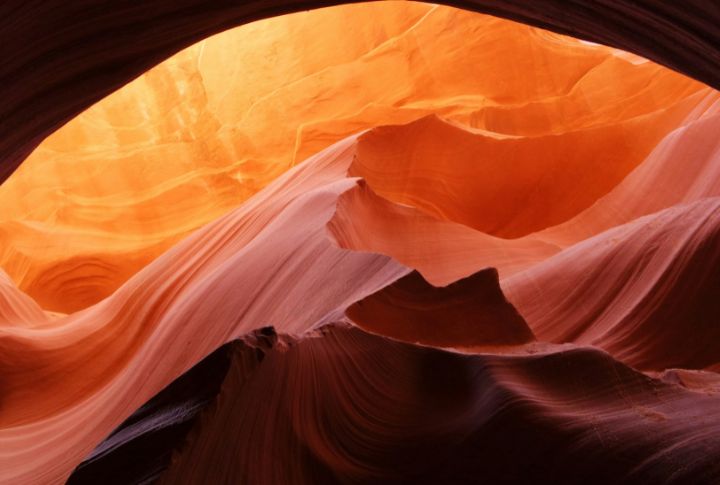
Antelope Canyon, located near Page, Arizona, is one of the most photographed slot canyons in the world. Carved by flash flooding and erosion, its narrow sandstone walls twist and turn in graceful, wave-like patterns. Sunbeams pierce through the canyon’s openings at certain times of day, creating surreal shafts of light that dance across the sculpted surfaces.
Salvation Mountain, California
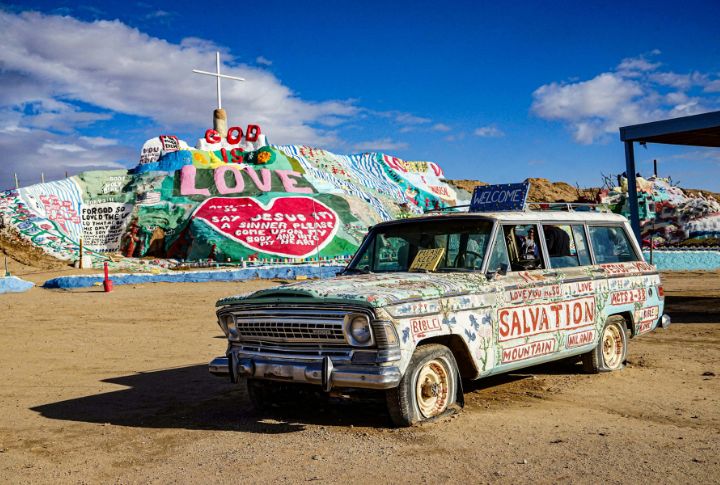
Salvation Mountain is a brightly painted hillside in the Colorado Desert near Slab City, California. Created by Leonard Knight over several decades, it’s a technicolor tribute to love, God, and community. The mountain is constructed from adobe and thousands of gallons of paint, adorned with murals, Bible verses, and symbolic hearts and flowers.
Craters Of The Moon National Monument, Idaho
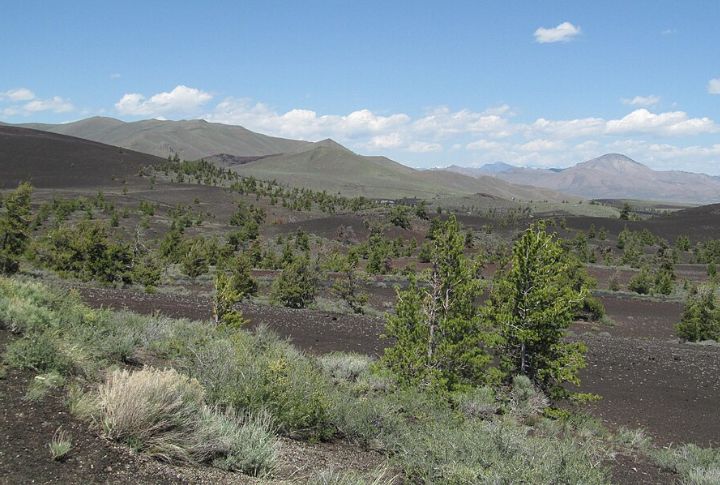
With its jagged lava fields and cinder cones, Craters of the Moon in Idaho looks like it belongs on another planet. The area was formed by volcanic eruptions that occurred between 15,000 and 2,000 years ago, and remains eerily barren. NASA has trained astronauts for lunar missions here.
The Blue Hole Of Santa Rosa, New Mexico
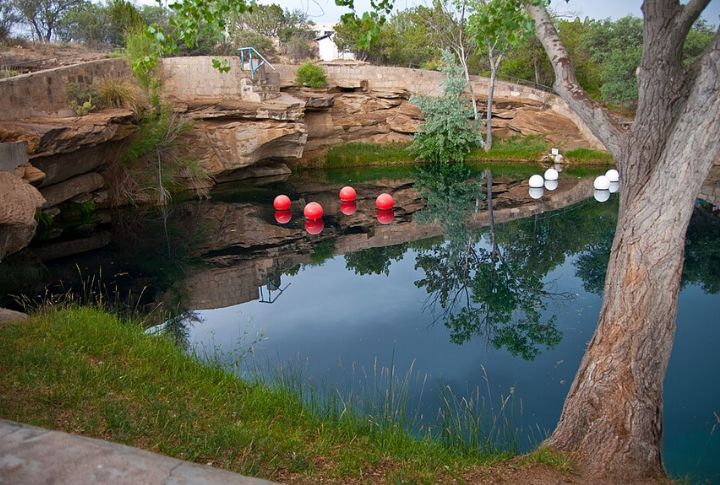
Though not as deep as Belize’s famous Great Blue Hole, the Blue Hole of Santa Rosa is still a stunning natural wonder. This crystal-clear, bell-shaped artesian well is 80 feet deep and maintains a temperature of 62°F year-round. It’s one of the most unique inland dive sites in the U.S.
The Enchanted Highway, North Dakota
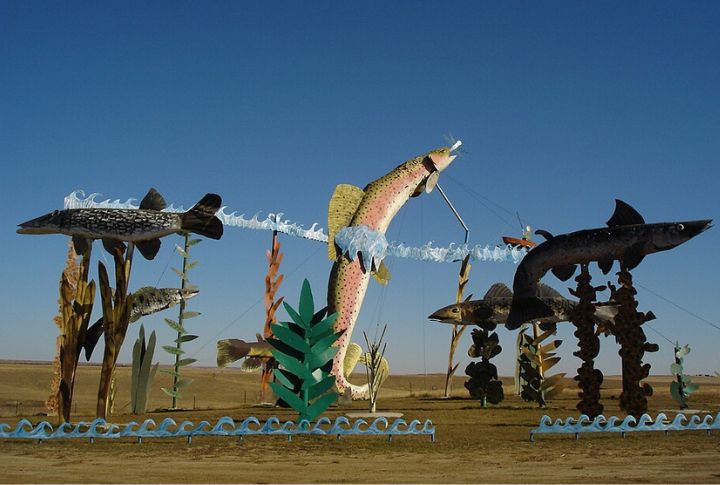
The Enchanted Highway stretches 32 miles and is lined with some of the world’s largest metal sculptures. Created by artist Gary Greff, each massive piece—like a 60-foot-tall grasshopper or a giant family of geese—pops out of the prairie. The project was started in the 1990s to attract tourism and save Regent from economic decline.
Oneonta Gorge, Oregon
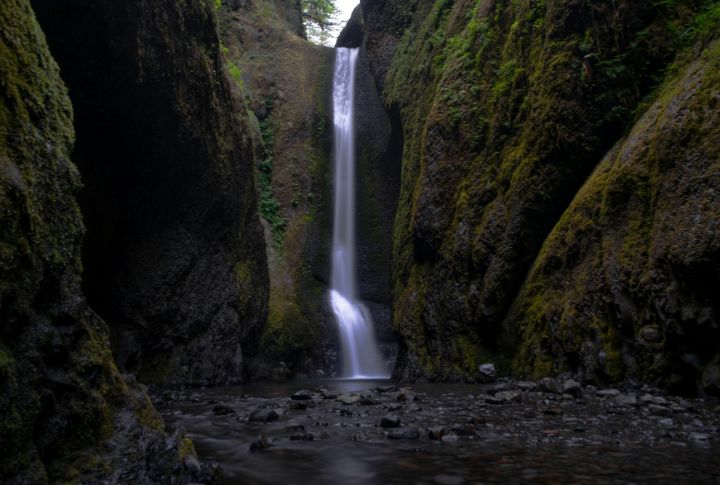
This narrow passage is filled with lush greenery and towering basalt walls. Visitors must wade through a creek to reach the photogenic Lower Oneonta Falls. The trail is relatively short but involves scrambling over a logjam and walking waist-deep in cold water. Due to erosion and safety concerns, the trail is often seasonally closed.
The Mystery Spot, California
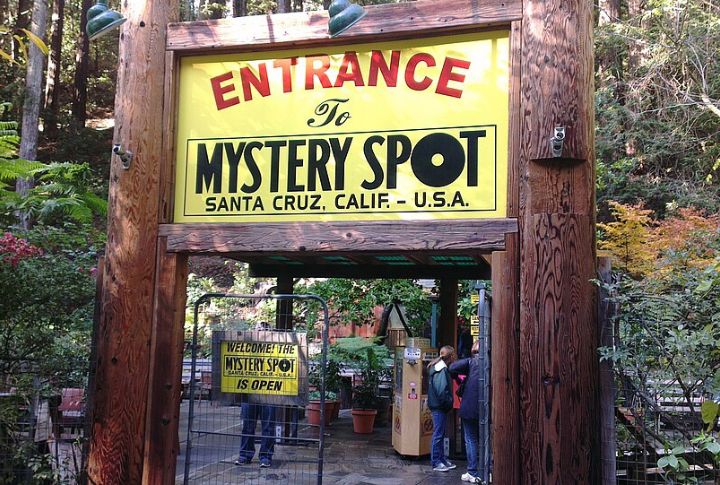
The Mystery Spot is a gravitational anomaly where the laws of physics and perspective appear to bend. Discovered in 1939, the tilted house and its surrounding land create optical illusions—people appear to grow or shrink depending on their position. While many scientists explain the phenomenon as a trick of perception, the area has become a roadside attraction.
Luray Caverns, Virginia
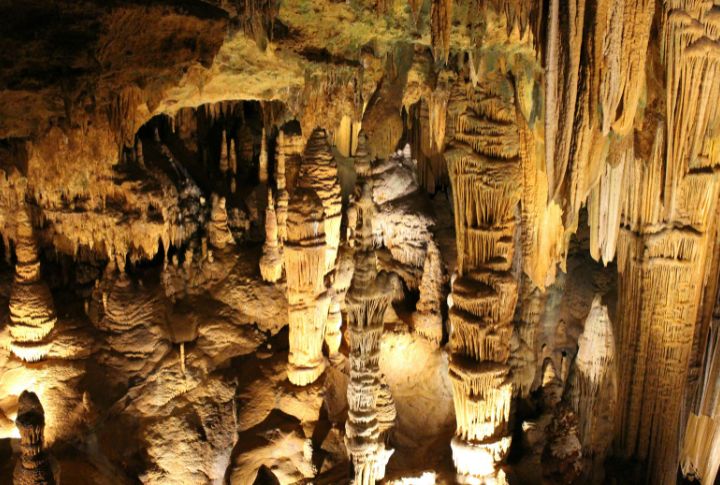
Beneath the Shenandoah Valley lies Luray Caverns, the largest caverns in the eastern United States. These underground chambers are filled with towering stalactites, stalagmites, and mirrored pools. One of its most iconic features is the Great Stalacpipe Organ, which uses rubber mallets to tap naturally formed stalactites and produce hauntingly melodic tones.
Carhenge, Nebraska
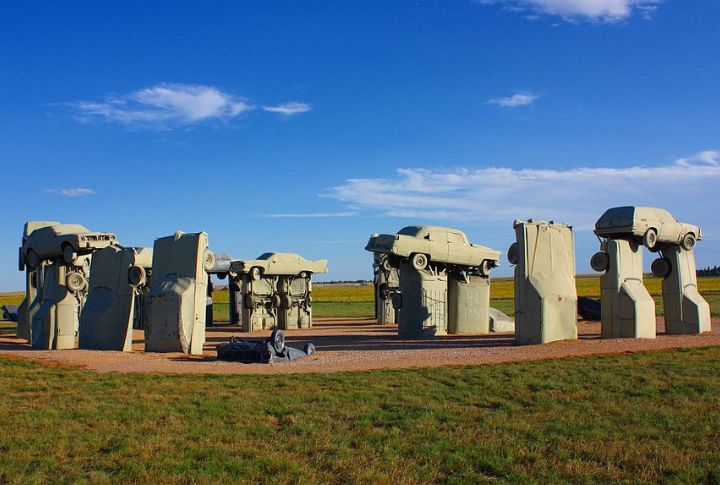
Carhenge, a quirky replica of England’s Stonehenge, is made entirely out of vintage American cars. Created in 1987 by Jim Reinders as a memorial to his father, it features 39 automobiles arranged in the same proportions and alignment as the original monument. The cars are spray-painted gray to resemble the stones, giving it a humorous vibe.
